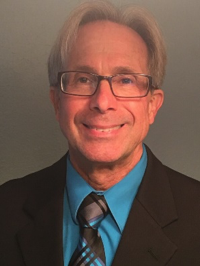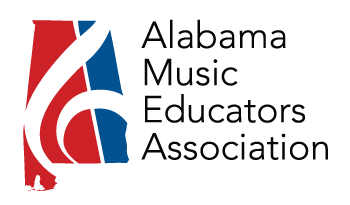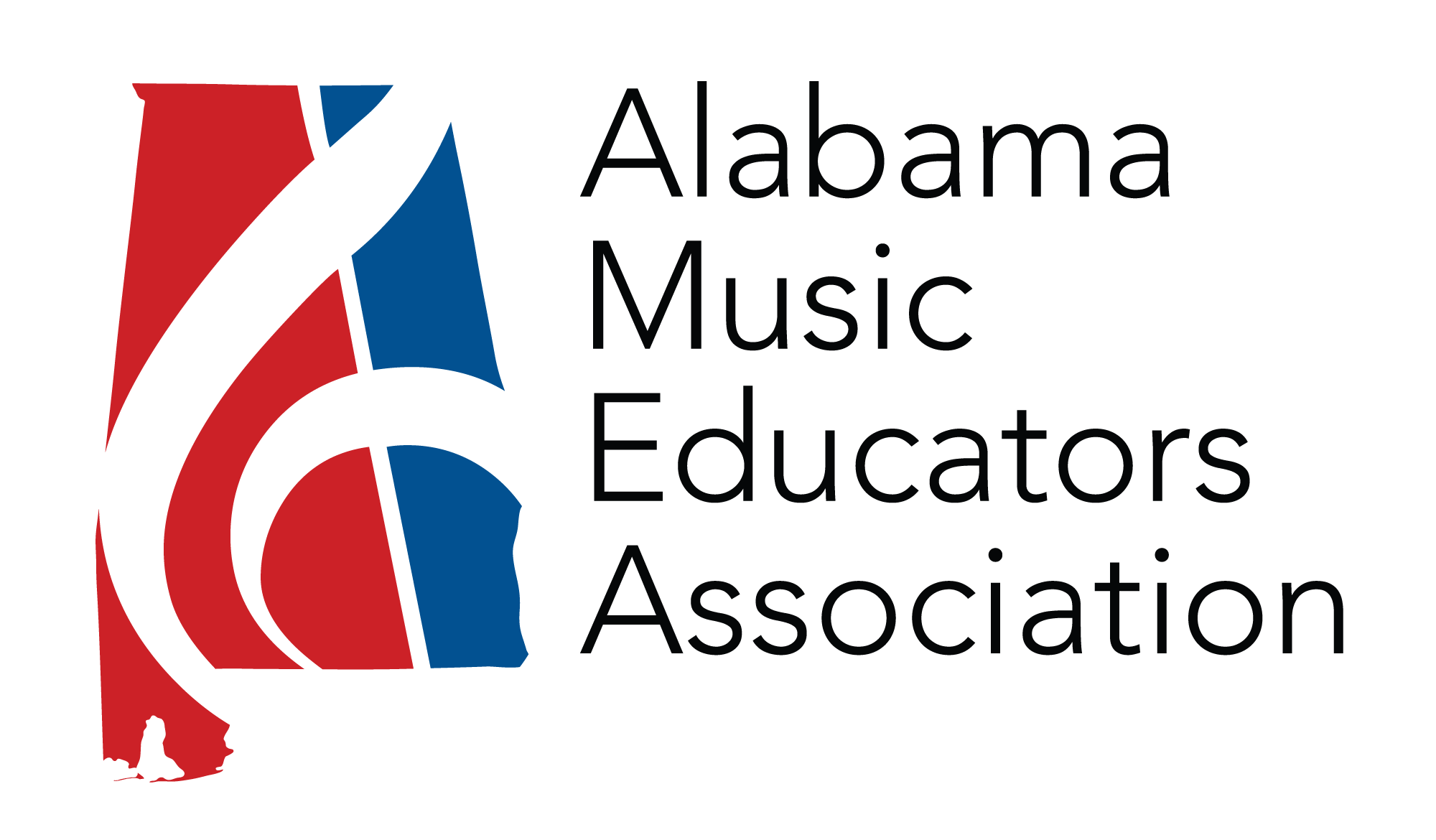
Music Education in Alabama – Alive and Well!
Colleagues, we have faced many challenges this year. I can proudly announce, however, that we are surviving and thriving. The recent 2021 AMEA Conference provides evidence that music education is not only taking place in Alabama, but that music educators are more determined than ever to continue our strong traditions. The number of participants in this conference strongly suggests that we are resilient and have the enthusiasm and dedication needed to overcome any obstacle. Bring on the future!
In the Higher Education Division, there were several conference highlights that are worthy of acknowledgement. This was the first time that the HED hosted two recitals, one held on Thursday and the other on Friday. The performers presented a wide variety of repertoire with an emphasis on underrepresented composers and new music. Next, the “lightning roundtable” session on Saturday was a fast-paced introduction to several important topics. Although each presenter could have easily filled their own 50-minute time slot, the 10-minute limit kept the session moving quickly. Be assured, you will see more sessions using this format in future conferences. In addition, the quality of our individual sessions was remarkable. We have world-class educators working in our field and sharing their ideas at our conference. Finally, I would like to send a “shout-out” to Russell Greene who managed the technical side of the HED sessions. His attention to detail allowed our sessions to unfold flawlessly. Thank you, everyone!
New ideas are appearing on the horizon. One benefit of having open discussion with colleagues is the generation of new ideas. One idea that has risen to the top is a proposed collaboration between the Higher Education and Collegiate divisions in developing a lesson plan competition. The goal of this competition would be to inspire and motivate pre-service teachers to present their lesson plans in an adjudicated forum similar to All-State. After all, teaching is also a performance-based activity. Participants would receive feedback from experts and discuss their plans with peers. Another idea is the development of a mentoring program that would connect novice and veteran educators. Teacher attrition is a major problem in our field and we can work toward changing these trends by supporting new teachers through mentoring programs. I believe both programs have the potential to positively impact our field.
Please encourage other faculty members to join AMEA. Through this organization, all higher education faculty can make connections with Pk-12 educators and attract new students to their programs. These opportunities exist not only for studio instructors and ensemble directors, but also for composition, theory, and history professors. Let’s build the bridges that allow young people to transition from high school into college and onto rewarding professional careers. Participating in this professional organization is an important first step.


